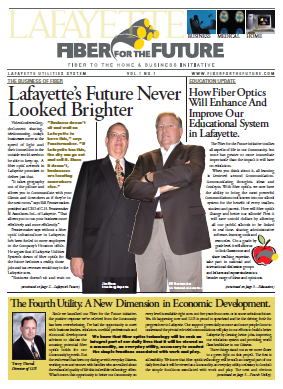Why "Who Invented the Internet" Matters
For those who missed it, a Wall Street Journal op-ed ignited a geektroversy by claiming the federal government did not invent the Internet. First, some history. Then an explanation of why we should care.
A guy named Crovitz kicked off the fight with his poorly researched op-ed:
It's an urban legend that the government launched the Internet. The myth is that the Pentagon created the Internet to keep its communications lines up even in a nuclear strike.Well, he was right about the nuclear strike bit. But the federal government played several important roles in the creation of the Internet, which truly was created by the efforts of many people, companies, and institutions. As evidence for his argument, Crovitz cites Dealers of Lightning by Michael Hiltzik. Unfortunately, Hiltzik disputed Crovitz's understanding of it:
And while I'm gratified in a sense that he cites my book about Xerox PARC, "Dealers of Lightning," to support his case, it's my duty to point out that he's wrong. My book bolsters, not contradicts, the argument that the Internet had its roots in the ARPANet, a government project. ... But Crovitz confuses AN internet with THE Internet. Taylor was citing a technical definition of "internet" in his statement. But I know Bob Taylor, Bob Taylor is a friend of mine, and I think I can say without fear of contradiction that he fully endorses the idea as a point of personal pride that the government-funded ARPANet was very much the precursor of the Internet as we know it today. Nor was ARPA's support "modest," as Crovitz contends. It was full-throated and total. Bob Taylor was the single most important figure in the history of the Internet, and he holds that stature because of his government role.CNET talked to Vint Cerf about the Crovitz claims. In reaction to a Crovitz claim that the government didn't understand the value of TCP/IP but the private sector did, Vint said:
I would happily fertilize my tomatoes with Crovitz' assertion.Nicely done.




 The newsletter also has a word from the Mayor (the inimitable Joey Durel) and quotes the Greater Lafayette Chamber of Commerce Broadband Policy. Finally, it also explains why the Lafayette Utilities System should build the network and cites successes from BVU in Bristol, Virginia.
Groups that are looking for strategies or a template for a web presence should check out
The newsletter also has a word from the Mayor (the inimitable Joey Durel) and quotes the Greater Lafayette Chamber of Commerce Broadband Policy. Finally, it also explains why the Lafayette Utilities System should build the network and cites successes from BVU in Bristol, Virginia.
Groups that are looking for strategies or a template for a web presence should check out